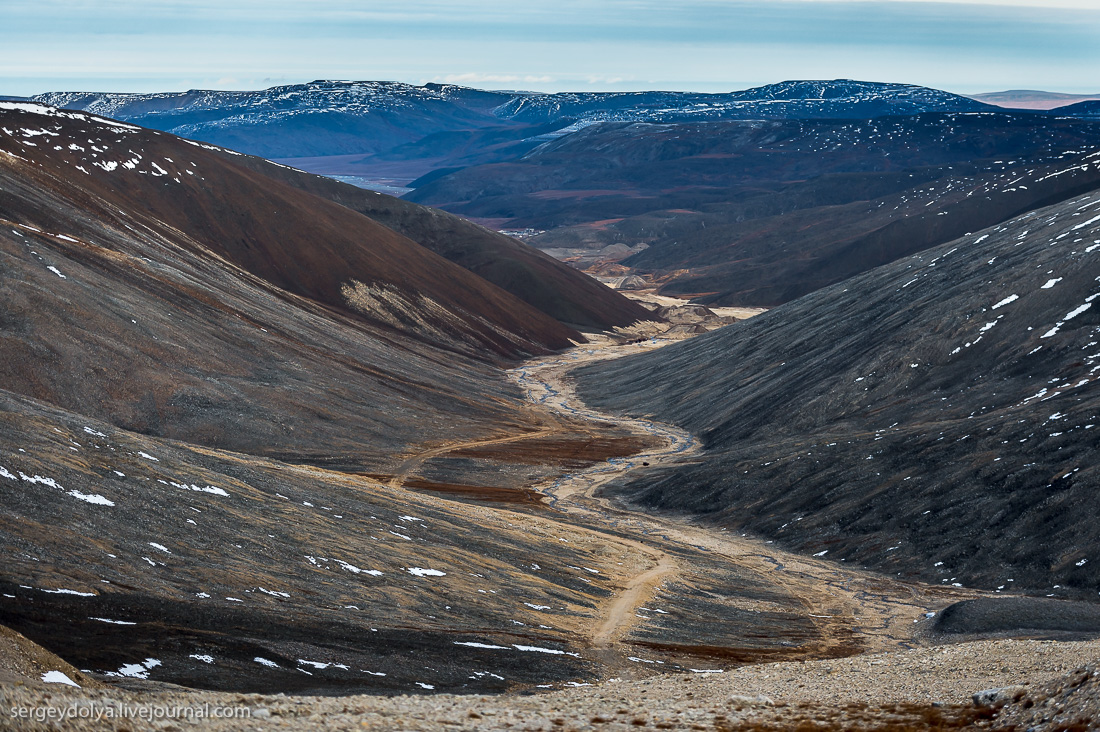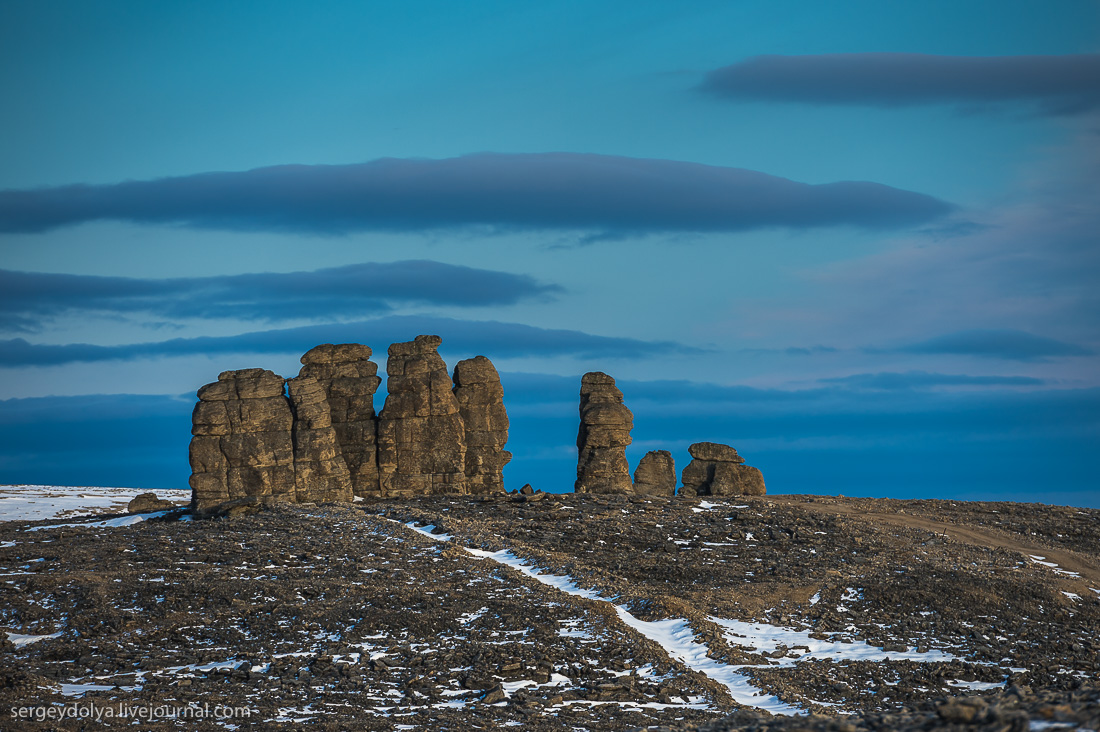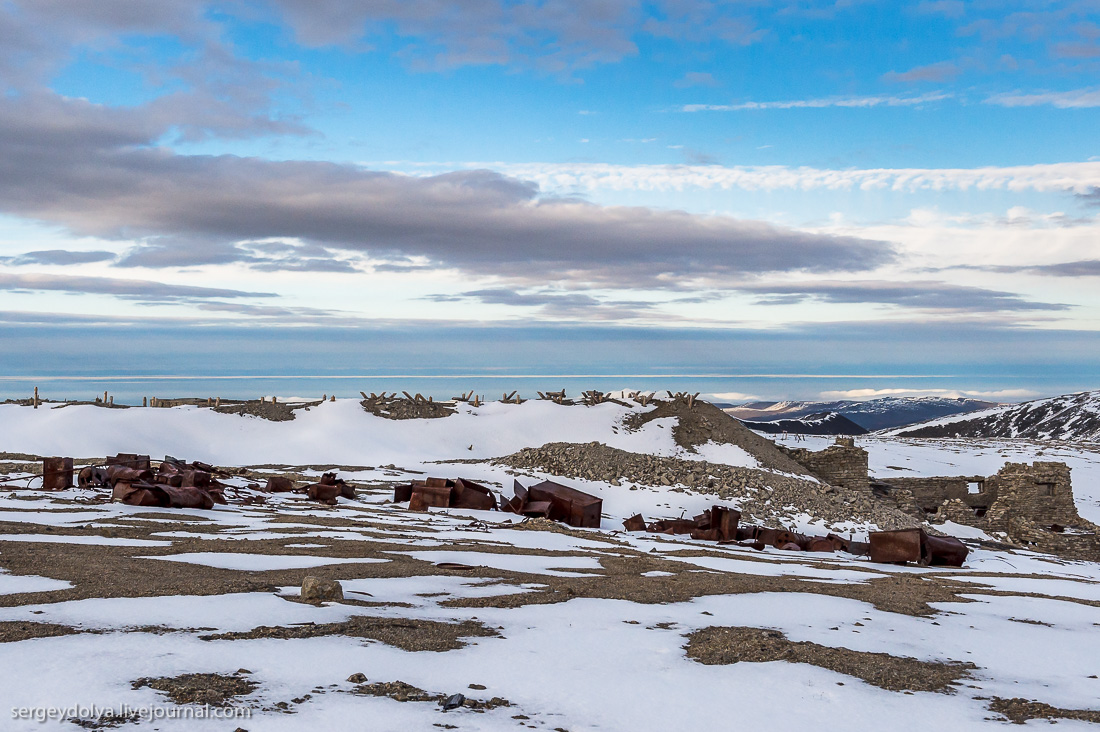Mysterious dissected skulls found at Chukotka mining sites
Uranium mines of the Chukotka peninsula, that were the source for material used in the making of the first Soviet nuclear bombs, are something of a legend. To start with, it is rumoured that average life expectancy of a prisoner working in these mines was about 6 months. At that time little was known about the effects of radiation on humans, and the real cause of death often could not be determined.
Also, people say that convicts chose to go to Chukotka voluntarily, because here they could spend the few remaining months of their lives keeping warm and with their bellies full, while at regular camps living conditions were horrible.
These mining camps only existed for two years, from 1951 to 1953. Then the uranium mining was all of a sudden brought to an end. The work was not wound down systematically: right after the order for termination came in, the mines were hastily abandoned and a big part of the equipment and tools was left at the site. But the most intriguing part are multiple human remains with dissected Skulls that were later found on the site.

There are rumours that a secret lab existed at the facility where health effects of radiation were being studied, with camp prisoners being the test material.
3. Despite the suspence and anxiety you might feel on your way to the mines, the amazing and unique scenery of Chukotka still produces an impression. This aerial image shows the remaining foundations of the mine’s buildings.

4. At closer range you can see that they were not built of brick but mostly of stones and locally available material.

5. The entrance to a mine. (This is not the very same uranium mining facility I was talking about before)

6. They obviously didn’t bother much with safety measures.

7. A monument dedicated to the geologists who were the first to explore Chukotka in order to discover its natural resources. The memorial sign says that all of them were killed by an avalanche.

8. Climbing up into the mountains.

10. These zigzagged trails on the slopes were also blazed by geologists.


12. At the top of the peak you can see some structures that used to be part of “Severniy” (“Northern”) camp. On the slope there is a two-level pile of mine waste.

14. The sun came out and lit the slope. We weren’t able to drive up there, so a 1,5-hour climb was ahead.

15. It was only the beginning of September, yet there was a lot of snow. The buildings in the picture used to be part of the facility where uranium milling was conducted.

16. The trail leading up to the peak. There are wolf tracks in the snow. We didn’t take a gun with us, and it was a bit scary.


18. Weathering pillars.


20. Suddenly we saw a spider on the snow. How did it get here and how does it survive these harsh conditions? Must have something to do with the radiation.

21. Right opposite the mining site and the camp there are three huge leaf-like antennae of a troposcatter station. They ones were the means of communication used throughout the whole country. Today, with satellites taking over, they are no longer needed.

22. I said “right opposite the site” because the clean, clear air creates an illusion of proximity. It seemed that we’ll be able to reach the mines in 15 minutes, walking to the station will take another 15 minutes and then we’ll go back. In reality, the way to “Severniy” camp took more than 2 hours and we ran out of time before we could reach the station.

23. Down there you can see “Vostochniy” (“Eastern”) camp for female prisoners, in contrast with the all-male “Severniy”. The women did all the laundry and sewing and otherwise sustained the life at the neighboring camp.

24. Here and there you see lone structures whose purpose remains unclear for many people.

25. I have to admit that we didn’t come across any Skulls (which is probably for the best), but we saw some pictures of these terrifying findings. It can be clearly seen that the cuts were made using appropriate instruments and in a very accurate manner.

26. We came without a radiation hazard meter, so we tried not to linger on the premises of the camp. We couldn’t bring ourselves to visit the milling facility where the hazard level is at its highest.

27. All GULAG (GULAG was the name of the Soviet labor camp system) camps usually have hundreds of empty fuel barrels lying around.

28. It’s still possible to trace the perimeter of the walls.

29. It is not recommended to take home any “souvenirs” from the site – everything is radioactive.


31. Here you can see wooden pillars that used to support a railroad. That is how uranium ore was transported.



34. Stone barracks.

35. Some of the windows still remain barred.






Images and text by Sergey Dolya, reproduced with permission







Beware of homophones in English. “Sculls” are oars (of a boat). “Skulls” are the bones of the head.
Thank you for noticing! Will double check for homophones next time. 😉